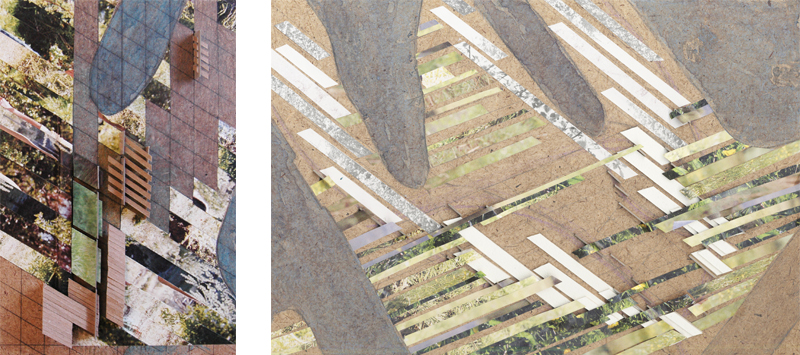There’s No Place Like . . . .
|
Student: Renée Chlopan
What makes a city unique? What makes one place more distinguishable or desirable than the next? What about a city gives it identity or character? Is it the abundance of chain corporations, the efficiency of highway travel, or the predictability of its people? Most would say no and yet planners and political leaders utilize these strategies to somehow “better” their city. The result is nothing more than the spread of a dry, homogeneous way of life. How then can one “plan” to have character or “plan” to be unique? Wouldn’t it be more pure to take away the plan and allow true freedom, true organic growth? Theoretically this concept has validity, but realistically some overall vision must be in place. There must be some united goal of the community; an acceptance and a ground for which the people of that place can be creative and free to make it their own. A city does not need to mimic the successful endeavors of others to thrive; instead a city must embrace its history, landscape, and culture on the path of establishing its own unique identity. This thesis will analyze the city of Muskegon, Michigan as a model to explore ways in which this ever-homogenizing growth of American cities can be diverted.
|

















